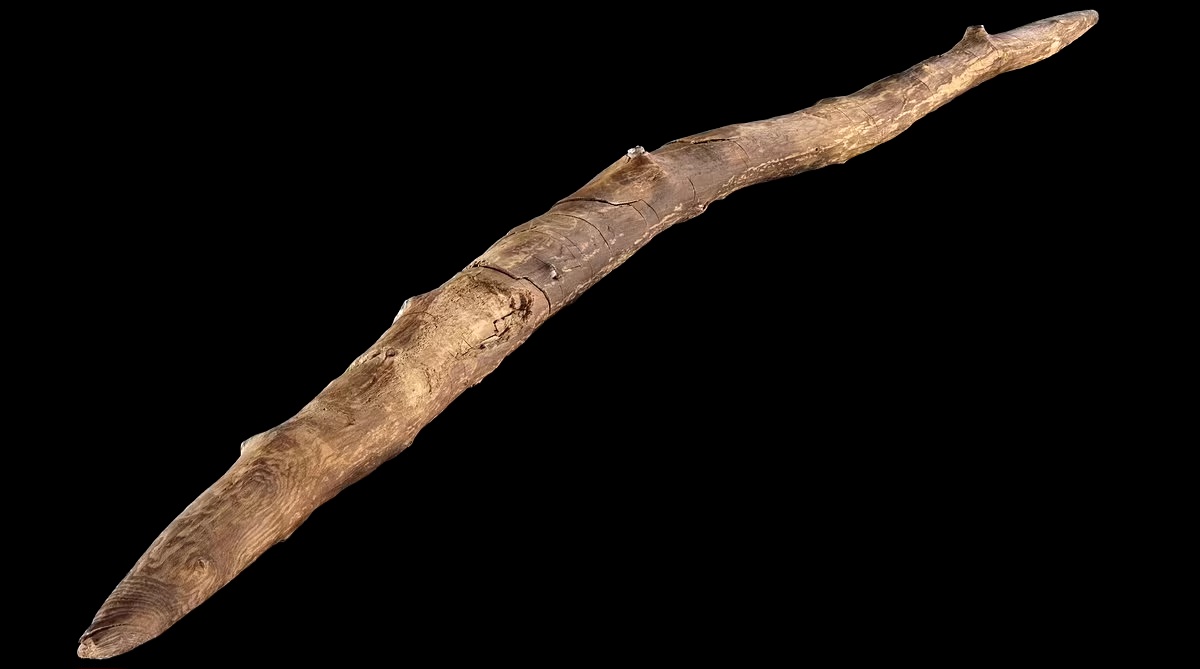Analysis of a double-pointed wooden throwing stick, discovered in Schöningen, Germany 30 years ago, has revealed that it had been scraped, seasoned, and sanded before being used for hunting animals. This research has demonstrated that early humans had a more advanced woodworking skill set than was earlier believed.

The research suggests that the ability to create lightweight weapons enabled the hunting of animals of medium and small sizes as a group activity. Utilizing throwing sticks as a tool for hunting could have been a communal event, including children.
The research was conducted by Dr. Annemieke Milks from the University of Reading’s Department of Archaeology. According to her, the revelations of wooden tools have altered our perception of primitive human actions. It is remarkable that these early individuals possessed such great foresight and expertise with wood, even utilizing many of the same woodworking techniques still employed in the present day.
The potential for the whole community to participate in hunting may have been increased by these lightweight throwing sticks, being more manageable than heavier spears. This could have allowed children to practice throwing and hunting with them.
Dirk Leder, one of the authors, noted that the Schöningen humans fashioned an ergonomic and aerodynamic tool from a spruce branch. To achieve this, they had to cut and strip the bark, shape it, scrape away a layer, season the wood to prevent cracking or warping and sand it for easier handling.
In 1994, a 77cm-long stick was uncovered in Schöningen, along with other tools such as throwing spears, thrusting spears, and an additional throwing stick of similar size.

In a new study, a double-pointed throwing stick was examined in an extremely thorough manner. This tool probably served early humans in hunting medium-sized game, such as red and roe deer, as well as quick small animals, including hare and birds, that were hard to capture.
Early humans may have been able to hurl throwing sticks with a rotational motion, much like a boomerang, for a distance of around 30 meters. Even though these objects were lightweight, they could still have created deadly impacts due to the high velocity at which they could be launched.
The finely crafted points and polished exterior, along with the signs of wear, all point to this piece being used multiple times, not hastily produced and then forgotten.
Thomas Terberger, the lead researcher, stated that the German Research Foundation-funded comprehensive evaluation of the Schöningen wooden artifacts has yielded useful new knowledge and that more stimulating data about the primitive wooden weapons is anticipated soon.
The study was published in the journal PLoS ONE on July 19, 2023.



